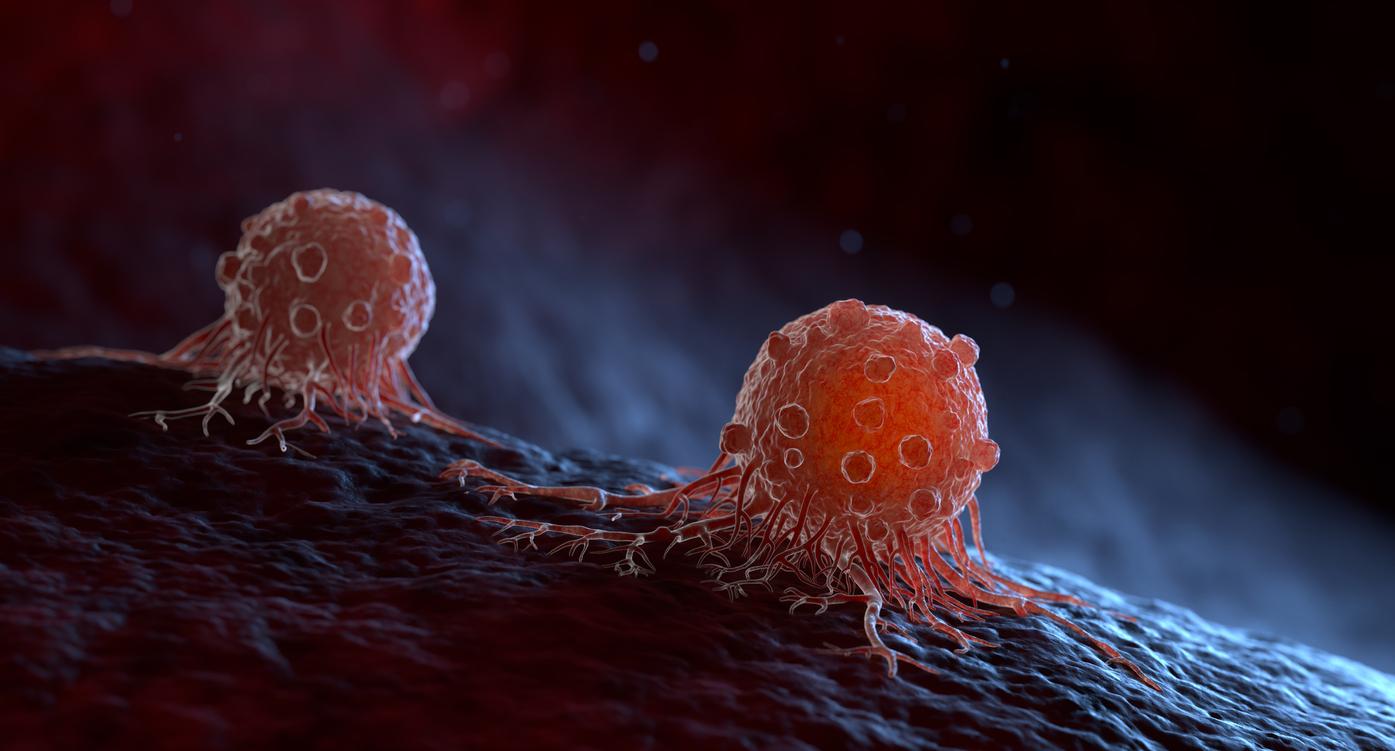When does a massage become therapeutic?
“By massage is meant any external maneuver carried out on the tissues, for a therapeutic purpose or not, manually or by means of devices other than electrotherapy devices, with or without the aid of products, which makes up methodical, mechanical or reflex mobilization or stimulation of these tissues. »Public Health Code, article R4321-3.
From a legal point of view, there is no differentiation between therapeutic massage and wellness massage. Also, difficult to place the cursor. For the physiotherapist Jean-François Dumas, “the border between therapy and well-being depends on the assessment. As soon as a health problem is detected (even simple stress or musculoskeletal pain due to long days behind the computer), the massage will have a therapeutic vocation. “And only a physiotherapist is authorized to make this assessment.
Large families
Therapeutic massages: performed on doctor’s prescription by a physiotherapist, these massages are part of a treatment protocol.
Well-being massages: they are aimed at relaxation and relaxation and are all the rage in spas, thalassotherapy centers and beauty practices. They are also performed in physiotherapy practices.
Energy tradition: from traditional Chinese medicine based on the concept of “ki” (vital breath, energy) and meridian systems, these massages aim to restore the good circulation of energy. They are part of a prevention approach.
The psycho-body approach: psycho-body massages aim at both relaxation and psycho-body awareness. There are different techniques, offered by psychologists and somatotherapists.
Who performs the massages?
In the strict sense of the law, only the DE masseur-physiotherapist (state graduate) is authorized to practice massages, whether therapeutic or well-being. The DE esthetician is the only one able to perform “massages”, that is to say non-therapeutic well-being massages.
But that’s what the law says. In fact, it suffices to look at the treatment cards of spas and other wellness centers to see that non-health professionals have appropriated massage (sometimes referred to as “massages”, a more correct term legally). If you are looking for relaxation, you can of course go for these offers, however making sure to choose a gentle massage, without manipulation of the spine for example. For all psychological or energetic type massages, we can turn to professionals affiliated to a federation making reference in their specialty (French institute of psycho-body training, French Federation of Shiatsu, French Federation of Chinese Medicine …).
Therapeutic massages, for what types of ailments?
Practiced by a masseur-physiotherapist on prescription from a doctor, they are partially covered by Health Insurance and intervene in many pathologies:
In rheumatology, to relieve pain (torticollis, lumbago, tendonitis, osteoarthritis …);
To prevent or treat lymphedema (with manual lymphatic drainage);
In trauma, after sprain, fracture, tendonitis, to promote trophicity (good nutrition) of tissues and prepare for functional rehabilitation;
In post-operative care to relax a scar ;
For the prevention of bedsores in people who are bedridden for a long time or at the end of their life;
In neurology, to reduce contractures during conditions such as hemiplegia, paraplegia or Parkinson’s disease.
The preliminary assessment is an essential step in these different massage treatments. The physiotherapist takes stock of the antecedents, the history of the disease, studies the various examinations then by a palpatory diagnosis, he will assess the disorders and changes in the texture or consistency of different tissues (muscles, tendons, ligaments , joints, skin).

















